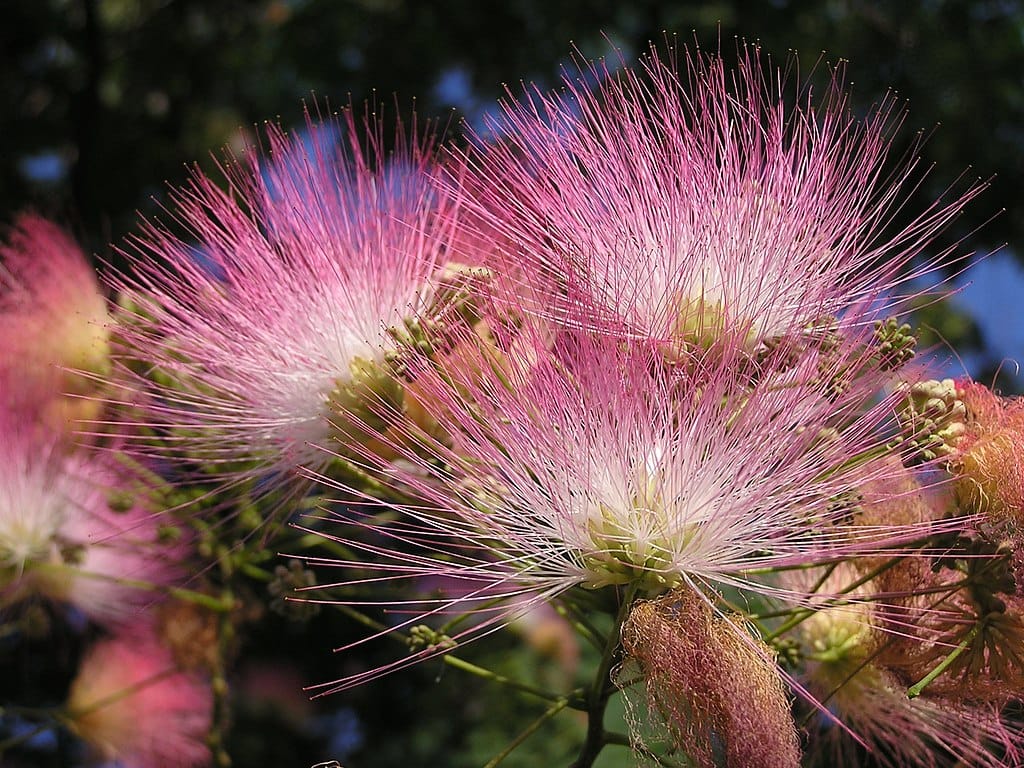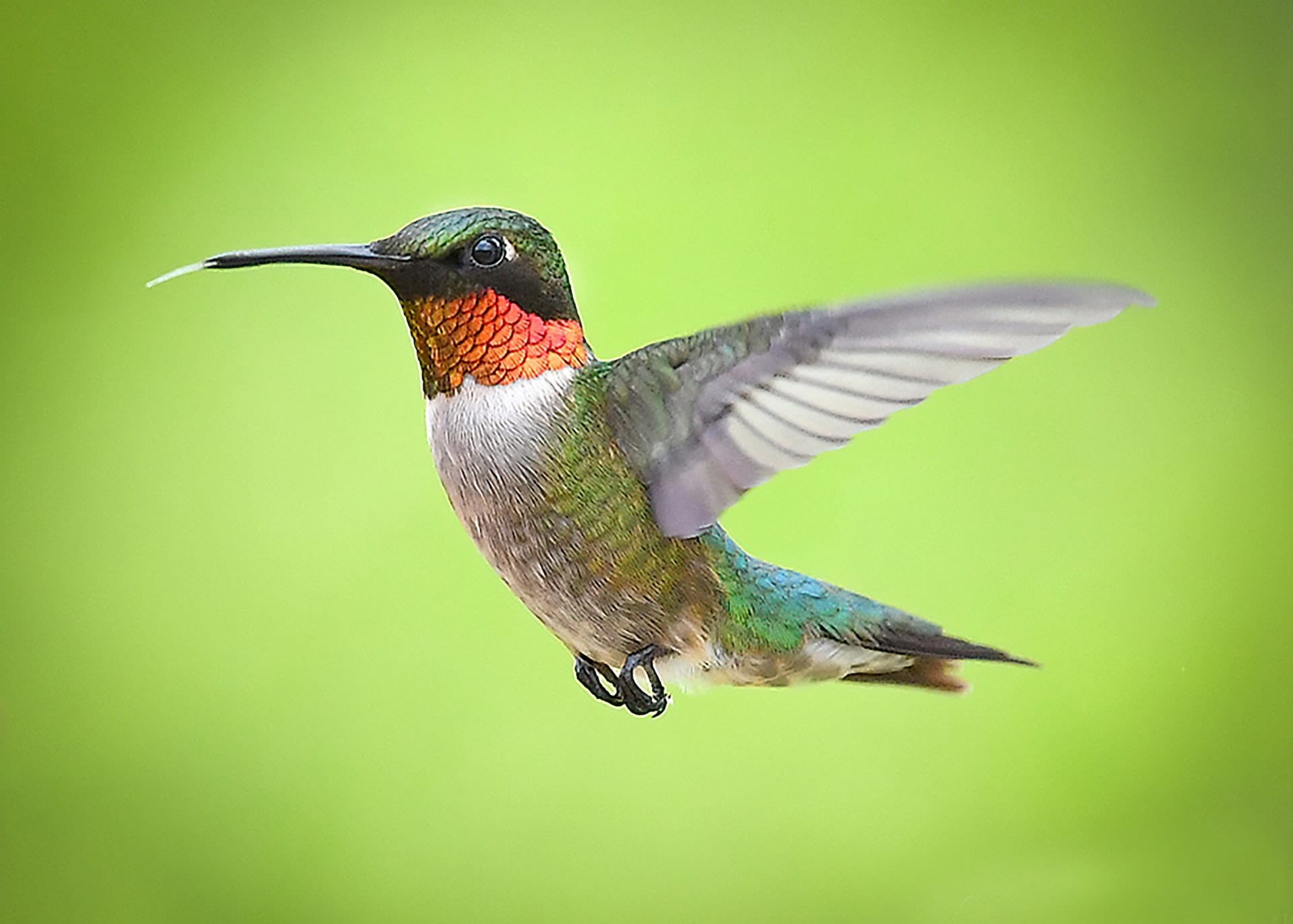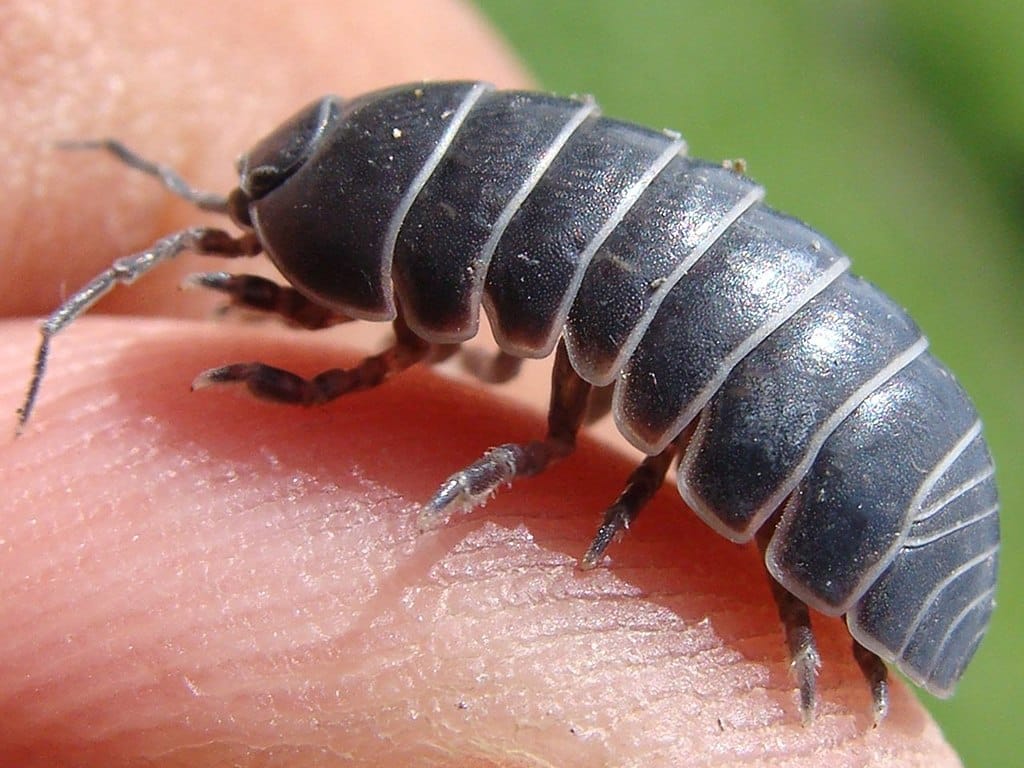Learning to Uncurl
Can I reclaim any part of my youngest, happiest self?

The novel I’m writing opens with a seemingly ordinary sort of setting — a tiny village, fields of wheat and hemp, gardens with squash and tomatoes, horses and goats and chickens.
But all of this takes place on another planet, around another sun; it’s only not obvious at first because the native ecosystems in most places where humans have settled have been pushed back if not eradicated altogether, so they could be replaced with cultivated Earth species. I’ve now reached the point in the story where my main character is experiencing a wild place for the first time, a tropical rainforest island where the humans altered themselves to fit the native environment, rather than vice versa.
Which means I’ve been doing a lot of science reading: geology and hydrology and climatology, but especially botany and zoology, as I try to imagine plausible yet sufficiently alien ecosystems. And then plunk my girl down in the middle of it all, and show what it looks, sounds, smells, and feels like to her, and what she thinks of the experience.
In service of that last part, I’ve pulled up a book that’s been in my to-be-read list for a couple of years now: Diary of a Young Naturalist, by Dara McAnulty. Dara lives in Ireland, and was fourteen when he wrote this:
I gaze down as the light passes over the path and realise nothing is motionless. Even a stone pathway can move and change with the light and the silhouettes of birds in flight. Each moment is a picture that will never be identically repeated. I watch, captivated, not worried by what onlookers might think, as we usually have this place to ourselves. I can be myself here. I can lie down and stare at the ground, if I choose to. And while I’m staring, inevitably, a creature passes by the tip of my nose: a woodlouse this time, ambling from nowhere to somewhere. I offer it my fingertip and it tickles my skin. I love the feeling of holding a creature in my hand. It’s not even the connection I feel, but the curiosity it quenches. As you look closely, the moment sucks you in — again and again it’s a perfect moment. All other noise disappears from the space around you. I move to the grass and gently lower my finger to the blades: the woodlouse disappears in the undergrowth.
I chose this book to get me into a nature-focused headspace because Dara — like me, like my character Noimi — is autistic, and I wanted an autistic perspective in particular. But I got a lot more from reading it than I bargained for. To begin with, it reminded me a great deal of my early childhood.
When I was two years old, my parents bought their first small house. I remember that house as dark and forbidding, as much for what happened inside of it as for the house itself (although the walnut-stained wall paneling didn’t help). But that house came with a giant back yard, which I loved.
Planted near the back patio were three trees which I began climbing the moment I grew tall enough to reach the lowest branch. Two were mature ashes, one of which had a lower limb that for a foot or so grew nearly horizontal, perfect for pulling oneself up by. Even now, I have a deep sense-memory of that particular stretch of bark, alternately smooth and nubbly, against my fingers and palms.
The third climbable tree we called a mimosa, though it was actually a Persian silk tree, Albizia julibrissin. It had widespread branches with soft pinnate leaves; in the summer it was covered with hot pink pompom-shaped flowers that looked like something from a Dr. Seuss book, and which hummingbirds loved.

Beyond those three were two more trees, a peach and a Bartlett pear — not climbable, but a source of happiness nonetheless. Some years the insects got to the peach crop before we did, but the fruit that survived was amazing, even frozen for later; that tree ruined bland grocery-store peaches for me forever.
Finally, a spaced row of waxleaf privets lined the chain-link fence at the back: shiny emerald bushes which every spring and summer would burst out in five-inch clusters of tiny white flowers. Their scent was incredible, a rich floral perfume that would dominate the whole yard (and probably several others) for months.
The bees would flock so thick around them that their wings made a constant audible hum, and on any given day at least a dozen different kinds of butterflies would visit. If I stood still, they would come so close that I could see the grains of pollen clinging to honeybee hairs and watch the butterflies roll their black tongues up and down, from one tiny flower to the next.
I was starved for reading material as a child, so I made best use of the tiny shelf of my parents’ books, which included my father’s two field guides — one to birds, one to insects. I learned all the butterfly names: Gulf Fritillary, Painted Lady, Red Admiral, Mourning Cloak, Tiger Swallowtail. I could tell a Monarch from a Viceroy at a glance.
Nor did I stop with butterflies — I looked up every bird and bug I saw. I was uninterested in the ubiquitous house sparrow, but any other bird I could happily watch for as long as it stayed in sight. I played, gently, with field crickets, woodlice, harvestmen, and countless other critters — though the pungent ones, like millipedes and stinkbugs, I quickly learned to watch without touching. I held click beetles between my fingers to feel their sharp snaps, and three-inch-long annual cicadas, fresh from molting, in my palm as their crumpled wings unfolded. My father hated the mess beneath the peach tree when the ripe and rotting fruit started to fall; I was just curious about the different kinds of wasps that came to feed on them.
I tried to catch green anole lizards as they ran along the chain link fence — and was appalled, the one time I succeeded, to be left with only a couple inches of tail, raw at the stump end. I climbed the mimosa tree in full blossom and learned to stay motionless enough that ruby-throated hummingbirds would dart up and drink less than two feet from my face.
I was happy in that yard, or as near to it as I’ve ever come.

Something must have drastically changed with my parents’ financial situation just before I turned ten. The first evidence of this was in the middle of my fourth grade year, when my parents yanked me out of public school and put me in an expensive private religious school. Then, shortly after I began fifth grade, they not only bought a newer, larger, and much nicer house, but at the same time replaced all the furniture.
I mean, all the furniture: they bought brand new suites of high-quality department-store furniture for their bedroom, my bedroom, the living room, and the dining room. It was only as an adult that I gained the context to boggle, retroactively, at the outlay that had taken place. At the time, I was just relieved.
Because when my parents put me into that private school, they had surrounded me with extremely wealthy children, like the kind of children who talked about their families’ live-in maids. I had very quickly learned to be ashamed of our old house, with its formica fake-wood dining table and dingy grey plastic chairs, its black and yellow plaid loveseat and carpet that was so old the pile was more of a mat.
I already had a hard enough time in school making friends with other kids — autism, even undiagnosed, will do that — but in this new environment the difficulty shot up by an order of magnitude. Among the rich kids, designer clothing and even the right fucking stationery became make-or-break requirements for not being bullied … and those did not happen to be things my parents were interested in spending money on. But at least, I thought, I could invite a classmate to my house now without being embarrassed about where I lived.
As it turned out, I only ever did that once, because I found out the hard way that exposing a potential friend to my mother was the quickest and most humiliating way to ensure that person never wanted anything to do with me ever again.
So in all the move turned out to be a terrible trade, for me. The house was nice, but the abuse inside it was the same, and now there was no back yard to escape to. That is, there was a yard, but by comparison it was a stale and boring place: about half the size of the old one, with no interesting bushes and no trees except one thin sapling my father planted that first year. Gone were the fruit trees and the flowers, the bees and butterflies — just a rectangle of sterile St. Augustine grass.
My parents did at least put up a birdseed feeder and a hummingbird feeder, so I was able to continue to watch birds (and squirrels) through the glass of the sliding back door, but the days when a hummingbird might zoom up almost to my naked face were over.
After that, the only enjoyable time I spent outdoors was for three or four weeks in the summer. By tradition, every summer I would make the rounds of my three sets of grandparents, all of whom lived in the Texas panhandle. I was glad to be away from my parents under almost any circumstances, but my father’s parents lived on a residential block in a small town, and I did not enjoy it there: my grandfather ignored me, my grandmother smothered me, and most of the time I was ridiculously bored.
But both sets of my mother’s parents — father and stepmother, mother and stepfather — lived in the country, and that was much better. There were dogs and horses and semi-feral barn cats (sometimes with kittens) and wild cottontail rabbits and horned lizards and roadrunners and little doodlebugs inside their ant pit-traps — a whole wide outdoors to explore and entertain myself.
I had that for a few more summers, and then those visits stopped too. I became a creature of the city and the indoors, almost exclusively, for the next forty years.
At the end of sixth grade, I pleaded with my parents to send me back to public school. They did, though that turned out to only change the details of my struggle. I underestimated how challenging those years are for everyone; I took the fact that I was outcast from two wildly different peer groups as proof that the sole source of the problem was me.
So starting in eighth grade, I began trying to be a different kind of person — which I now understand mostly meant learning to camouflage my natural autistic traits and behaviors. I acquired a new hypervigilance, a part of my brain that kept constant track of whether any other person could see or hear me — and if so, extrapolated how I would appear to them, so I could adjust my comportment to something more acceptable.
It worked, at least to a point. Within a couple of years I started to have real friendships for the first time in my life, though I continued to refine both my self-presentation and my rules for human interaction for many more years.
The problem was that I had already developed a social anxiety disorder, thanks to my mother’s constant criticism, and this only made it more severe. In my twenties my self-consciousness was so intense that when walking down a city street, so much of my processing power would be taken up with worrying what every person I met or passed was thinking of me — whether I smiled at them convincingly enough, if they noticed the zit on my face, a hundred other things — that I would often completely miss my intended destination.
At which point I would continue walking to the next corner, cross the street, walk back down the other side, cross the street again, and reapproach whatever shop I was aiming for … all so no random stranger would see me do a u-turn on the sidewalk and think I was an idiot for walking right past my goal.
As my thirties approached, I started pushing back at those sorts of behaviors; I would make myself do the u-turn despite my fear of what people would think. Eventually, with a decade or more of practice, I managed to desensitize myself to other peoples’ gazes and opinions, at least to the point where it no longer hindered my ability to carry out ordinary tasks like shopping in public.
Ordinary tasks, however, do not include lying on the ground while a woodlouse crawls across your finger.

Besides reminding me vividly of myself between the ages of three and ten, Diary of a Young Naturalist did one other unexpected, bittersweet thing: it painted a picture of a loving and supportive autistic family.
Dara lives with both of his parents, plus a younger brother and sister; all three kids and their mother are autistic, and know it. Like almost every autistic child in the history of the world, he has been badly bullied at school, but his family accepts him completely. They, as much as nature, are his refuge.
I have something like that in my life now: my partner Jak and I have been together for twenty-two years; we’ve shared and accepted each other’s true selves, all the little quirks and embarrassments. I lost any hint of self-consciousness with him long ago.
Six years ago, we bought the house we live in now, one of six close-set condos that share a large lawn-and-garden area between them, along with a small pool and a part-time gardener (who until about a year ago also lived on the property). One of the other houses has been almost continuously occupied since we moved in; the remaining four are vacation houses and empty except for a few weeks per year.
We live in a subtropical climate; the garden here is always lush, and when we moved I had every intention of spending a lot of time in it. Yet after we’d been here a couple of years, I realized that I had been consistently, if subconsciously, avoiding the outdoors. Inside, with no one but Jak, I could relax that hypervigilant part of my brain that monitors how I appear to others. But our ‘back yard’ was a shared space where I could be observed by a neighbor or a gardener at any point, and so stepping outside meant engaging my complex self-monitoring apparatus, with all the anxiety and tension that entailed.
In the last year I’ve been paying close attention to how different environments feel to me on a deep level, and I’ve noticed that the urban ones do … jangle. Which is ironic, because I’ve spent my whole life thinking of myself as a ‘city girl’. There is definitely something about trees and grass and flowers that promotes a deep sense of peace; I can feel that even alongside the hypervigilance.
It occurred to me the other day that I will never climb another tree again, a thought which sparked a surprising wave of grief, considering that it’s already been about four decades. (The neurological disorder that damaged my shoulders and arms has made that permanently impossible, even if the right kind of tree were available.)
But I’m really starting to think that for my own mental health I need to do something to try to resurrect that child who was once capable of unselfconscious happiness and fascination. I need to touch grass, literally, even if it makes my neighbor think I’m weird. I need to uncurl from the tight little armored ball I’ve been in for the last forty years.
I remind myself I’ve done something like this before: it’s just a matter of forcing myself to make the u-turn, regardless of who may be watching. It will get easier with practice.